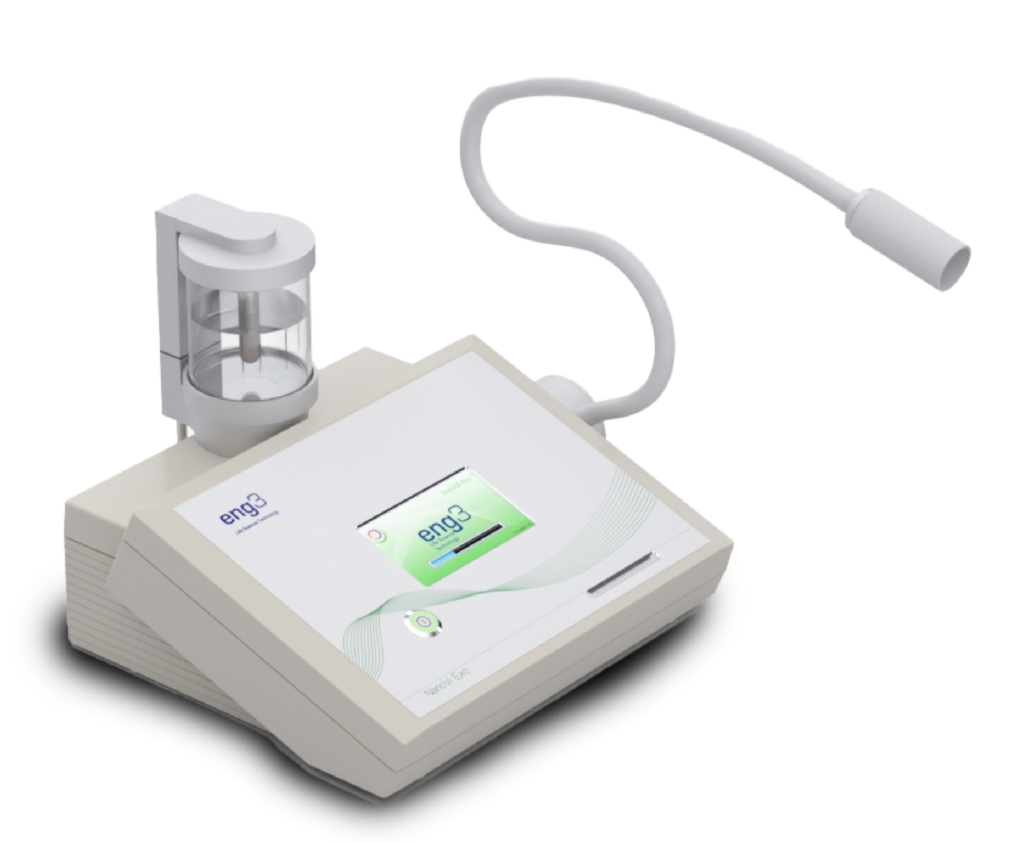PEPTIDES BIOHACKING : Harnessing the Power of Peptides with NanoVi®
Peptides, essentially small proteins, play crucial roles in the body, including regulating hormones, supporting immune function, and promoting tissue repair. They have become a focal point in modern medicine, among biohackers, for cosmetic skincare, treating chronic diseases, and enhancing overall well-being.
Peptide Basics
Peptides are short chains of amino acids, typically consisting of two to about 50 amino acids. Longer chains are referred to as proteins. Peptides influence various biological processes, often acting as signaling molecules that trigger specific responses in the body. This makes them incredibly versatile and valuable in therapeutic & biohacking applications.
Therapeutic Benefits
Peptides offer a range of benefits, including:
- Tissue Repair and Regeneration: Peptides like BPC-157 and Thymosin Beta-4 promote healing and tissue regeneration, aiding muscle, tendon, and skin repair, and making them valuable for injury recovery and anti-aging.
- Immune Support: Peptides such as Thymosin Alpha-1 can modulate the immune system, enhancing its ability to fight infections and diseases.
- Cognitive Enhancement: Peptides like Cerebrolysin support brain health and improve cognitive function, benefiting those with neurodegenerative conditions.
- Metabolic Boost: Peptides like CJC-1295 stimulate metabolic processes, aiding in weight management and energy production.
Integration with NanoVi Technology
The NanoVi device complements peptide therapy by improving protein activities within the cell. The approach is to influence the water surrounding proteins to enhance their function. By improving cellular activities, NanoVi technology can boost the uptake, stability, and effectiveness of therapeutic peptides. Together, they comprise an effective peptides biohacking strategy. This synergy supports the body’s natural processes, leading to better-targeted effects, reduced degradation, and improved therapeutic outcomes. For these reasons, peptide therapies are often augmented by NanoVi sessions.
Practical Applications
Peptides can be administered in several ways:
- Oral: Taken as pills or capsules.
- Topical: Applied directly to the skin.
- Subcutaneous: Injected under the skin.
- Intravenous: Delivered directly into the bloodstream.
The method of administration depends on the specific condition and desired outcome. Healthcare practitioners may customize peptide treatments to meet individual patient needs, ensuring the most effective therapeutic results. For instance, topical peptides are often used in skincare to reduce wrinkles and improve skin elasticity, while subcutaneous injections are common for systemic treatments like immune modulation or metabolic enhancement.
Conclusion
Like NanoVi, peptides can be relied upon to promote natural repair and enhance overall vitality. Peptides represent a promising frontier in medicine, offering targeted and effective treatments for various conditions. Peptides have the potential to transform many aspects of wellness and outcomes can be even better when they are combined with the NanoVi device. Insightful combinations like this explain why this technology is often referred to as the “NanoVi biohacking device”.



